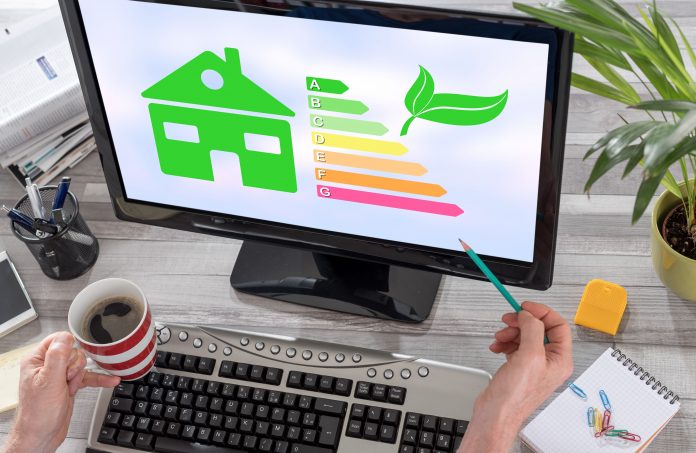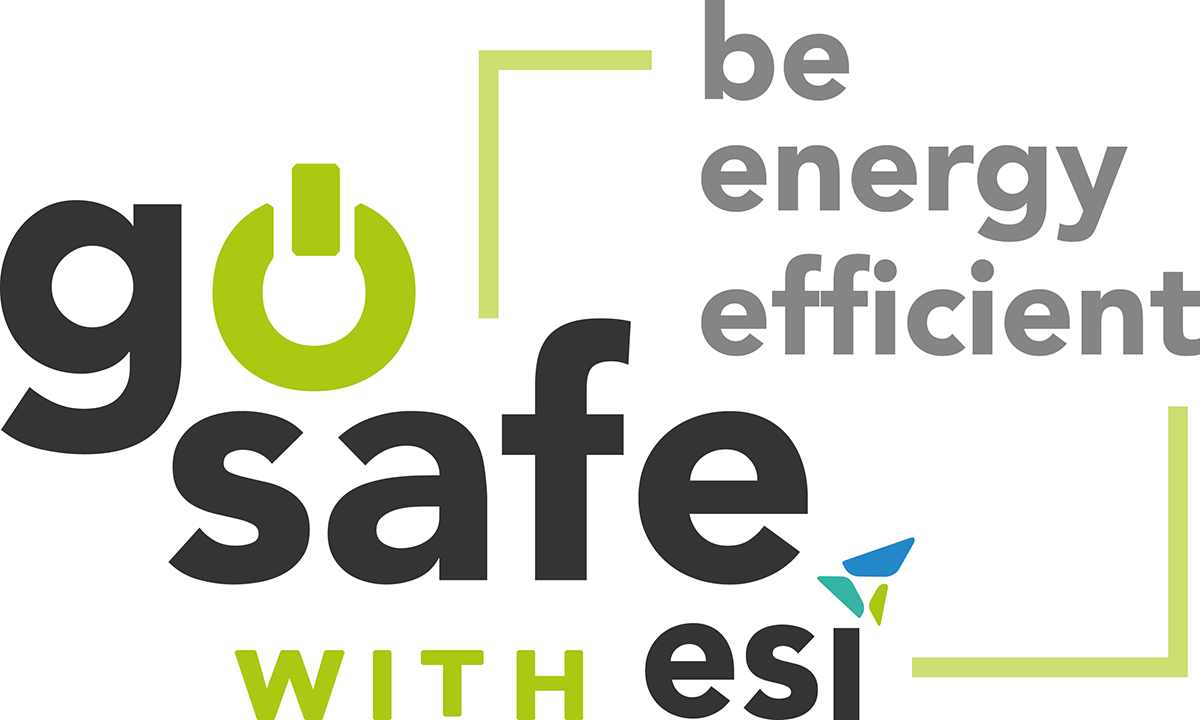BASE (Basel Agency For Sustainable Energy) explain to us their views on enabling a green economic COVID-19 recovery with energy efficiency investments, including analysis of the Energy Savings Insurance model
The majority of governments are making substantial efforts putting in place stimulus packages aiming to restore jobs and enterprises to ease the impact of the pandemic on the economy and life of people. Concessional loans, credit guarantees, tax extensions are the main instruments used to provide the needed financial support to enterprises. This is an exceptional moment to implement business strategies, policies and standards that allow the way out of the pandemic into a more sustainable and resilient economy for all.
The need for increased energy efficiency investments
It is of key importance to include supporting strategies with a long-term view that feature new, higher-value jobs and high energy-efficient enterprises to create a more sustainable and climate-friendly economy. Energy efficiency reduces operational cost, increases competitiveness and productivity while effectively reducing emissions.
The European Union (EU) has set the ambitious objectives of reducing GHG emissions and achieving energy savings by 2030 and soon higher ambitions, as a carbon-neutral continent by 2050 can be set. According to the EU, it is estimated that an additional investment of €177 billion per year is necessary to reach overall energy and climate objectives for 2030.
Nevertheless, investments in energy efficiency (EE) are not currently happening at the rate needed, hindered by barriers such as high upfront costs, lack of access to finance, high perceived risk, lack of trust in new technologies, competing investment priorities, lack of knowledge and awareness, and split incentives.
Many of these barriers can be overcome, at least in a significant part, with well-designed financing mechanisms such as the Energy Savings Insurance model. Together with complementary measures like policies, regulations, awareness-raising activities and behaviour-changing initiatives, financing mechanisms and business models for energy efficiency have a sustained long-term impact.
An innovative model: The Energy Savings Insurance
Energy constitutes a substantial proportion of operating costs for many enterprises, particularly in energy-intensive sectors that rely on heating or cooling for their processes or the provision of their services (e.g. hotels or food processing industries). However, decision-makers are usually price sensitive and might have limited financial resources or access to credit. A disproportional high risk is perceived from investments in EE when compared with the expected returns and competing investment opportunities. Furthermore, there is a lack of trust in the technology and the providers to deliver the promised future energy savings.
The ESI model comprises financial and non-financial mechanisms designed to work together to overcome the barriers, create trust and credibility among key stakeholders (e.g. technology providers, enterprises, financial institutions), reducing the perceived risk of EE investments. The ESI model consists of four main elements: a standardised contract, an insurance policy, a validation process and financing.
- Standardised Contract: This offers a clear and transparent framework for negotiations between clients and technology providers on how a project’s energy savings are guaranteed. It is based on a turnkey contract added with a guaranteed savings clause and distribution of remaining risks to the other actors.
- Insurance: A surety insurance, which forms part of the guarantees offered by the technology provider to the client in a contract. With a risk coverage product, clients are insured against the provider failing to fulfil its contractual obligations regarding the energy savings.
- Technical Validation: Conducted by an independent validation entity, which evaluates the capacity of the project to deliver promised energy savings, verifies the installation, and acts as an arbitrator at the savings monitoring stage if required.
- Financing: Facilitates access to existing financial instruments (e.g. credit guarantees or “green lines”) by clients investing in an EE project with the ESI model.
Implementation of the ESI model
The Energy Savings Insurance model has been conceptualised by BASE and has been implemented in Latin America with the Inter-American Development Bank (IDB) (1). BASE and local partners are implementing the ESI model in Europe (Italy, Spain, and Portugal) with funding support from the European Commission’s Horizon 2020 Research and Innovation Programme. Furthermore, the ESI model has been recognised by the Global Innovation Lab for Climate Finance as one of the most promising instruments to mobilise private sector investments in EE (2). The ESI model also features in the G20 EE Investment Toolkit (3).
The ESI elements have been developed, and pipeline of EE projects in Italy, Portugal and Spain are underway to operationalise the model. A commercial brand for the ESI model in Europe has been created to put the marketing strategy and promotion into action: “GoSafe with ESI”. To further build trust, the implementation also counts on a management information system developed in blockchain technology, guaranteeing traceability and reliability of the EE projects. The ESI Europe toolkit and the dissemination of results will facilitate a broader uptake of the model in the European market.
A strong advantage is that the ESI model is compatible with different financing instruments and models (such as the ESCO model) and can be supported by credit guarantees for SMEs, commercial green credit lines or on-bill financing schemes. The ESI model, therefore, represents an effective way to increase investments in EE urgently needed for the economic recovery after COVID-19 and to deliver the EU targets, the Paris Agreement goals and achieve a low-carbon economy.
The content within this article reflects only the author’s views and not the views of the European Commission or the Executive Agency for SME’s. The Commission and Agency are not responsible for any use that may be made of the information it contains.
References
(1) Inter-American Development Bank. Latin American and Caribbean Green Financing (n.d.). Energy Savings Insurance Program. Available at: https://www.greenfinancelac.org/our-initiatives/esi/
(2) Global Innovation Lab for Climate Finance (n.d.). Energy Savings Insurance. The Lab: Driving Sustainable Investment. Available at: https://www.climatefinancelab.org/project/insurance-for-energy-savings/
(3) G20 Energy Efficiency Finance Task Group (2017). G20 Energy Efficiency Investment Toolkit. Available at: https://www.unepfi.org/wordpress/wp-content/uploads/2017/05/G20-EE-Toolkit.pdf
The ESI Europe project has received funding from the European Union’s Horizon 2020 research and innovation programme under grant agreement No 785061
Please note: This is a commercial profile













